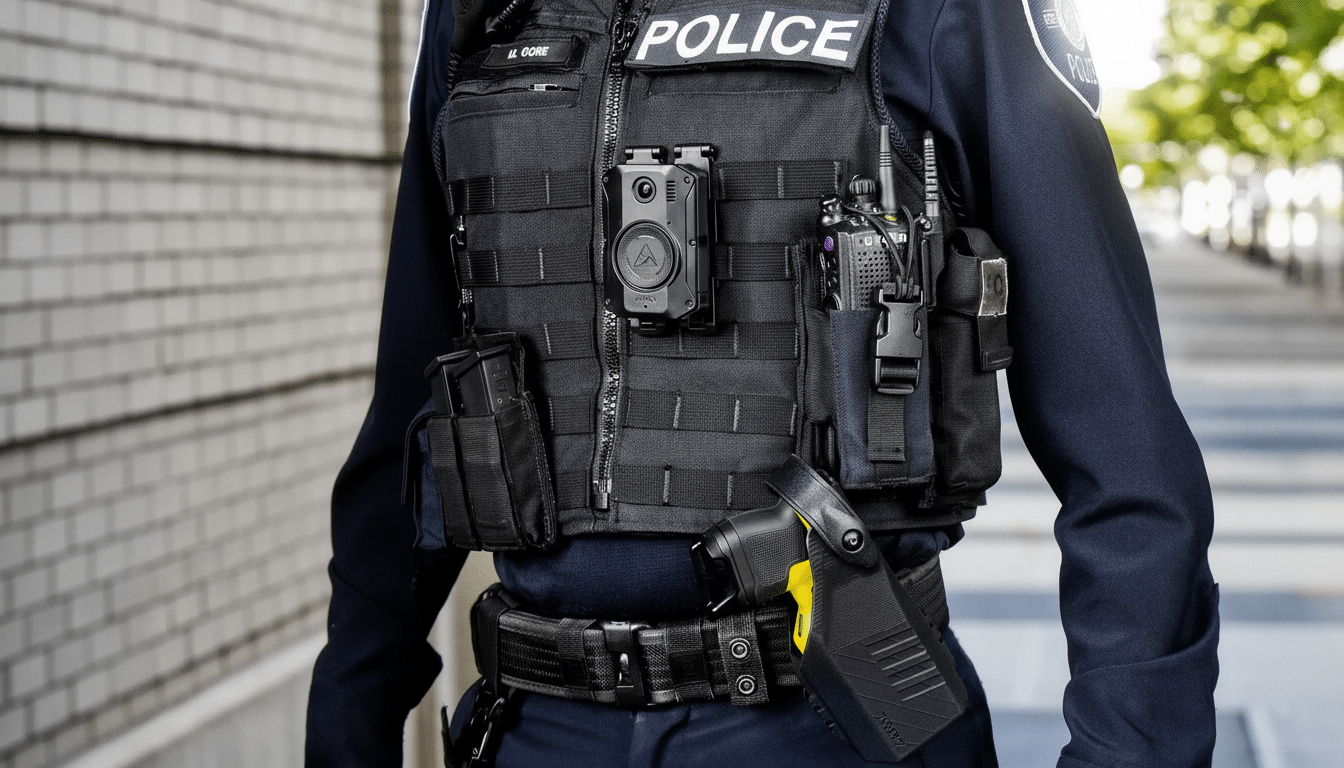From stadiums and casinos to mass transit and public schools, a new security alarm system seeks to stop trouble before it starts by detecting terrorists, active shooters, drug dealers or disgruntled workers before they can commit their crime. The pitch is as alluring as it is disquieting — virtually guaranteeing that the technology will be compared, in inevitability and possibly with some accuracy, to the sci-fi vision of precrime policing that pop culture branded “Minority Report.”
Powered by multimodal machine learning that combines video, audio and other signals, these systems are constantly searching for anomalies in real time, escalating alerts and even driving cameras or triggering an automated response. Supporters cast it as a savvier, swifter method of safeguarding crowded places. Critics hear the drumbeat of omnipresent surveillance on its way to precrime.

What AI-First Security Really Does in the Real World
Modern platforms are not predicting future intent so much as pattern-matching in the present. Computer vision alerts to someone loitering near an exit, a forgotten bag or movements that indicate the draw of a weapon. Audio analytics can narrow the field to glass breaks or gunshots. Environmental sensors read smoke, chemicals or a spike in temperature. A central model threads these signals together into a “situation” and pings human operators with clips and contextual information.
Vendors in the space range from camera giants and access-control players to pure software specialists. Crime center software from the likes of Fūsus, video analytics from BriefCam and Avigilon (a Motorola Solutions company) and weapon detection offerings like ZeroEyes and Evolv illustrate how rapidly the arms race of tools is consolidating towards multimodal always-on surveillance. A number of providers stress “event detection not identity,” moving the focus away from blanket facial recognition to behavioral and environmental cues.
The Precrime Problem and the Bar of Error
The core tension is statistical. Necessarily an anomaly detector raises false positives and false negatives, and both are high stakes. Miss a signal and things can go wrong. Too alert, and you give rise to operator fatigue, unnecessary stops and civil-liberties risks. The “Minority Report” fantasies skip the fact that real-world data are messy, biased and context-dependent.
Independent research underscores the risk. The University of Essex’s analysis of early London trials of live facial recognition found high false match rates, especially in unmanaged crowds, and NIST’s ongoing Face Recognition Vendor Tests have established demographic variations in accuracy that can exacerbate inequality when left unaddressed. An investigation by Chicago’s Office of Inspector General found little evidence that the acoustic gunshot detection system led to enhanced police responses, and the city would later decide to phase out its contract with ShotSpotter on the grounds of community concerns and questions about effectiveness.
Programs that deploy predictive policing have also tripped up. The Los Angeles Police Department scaled back its LASER program, and stopped using some predictions, after oversight reviews raised questions about lack of transparency and discriminatory effects. Santa Cruz was one of the first U.S. cities to issue an outright ban on predictive policing. These lessons cast a shadow over any suggestion that AI can reliably predict harm at the level of the street.
The Hype and the Scrutiny Are Fueled by Real-World Deployments
Despite cautionary tales, adoption is speeding up. Massive venues are testing out weapons detection at the doors, which would allow them to truncate lines and reduce invasive bag checks. School districts are testing gun detection on camera feeds and alert triage centers. Transit agencies are adding video analytics to vast camera networks to flag fights, trespassing and unsafe crowding.
These systems are riding on a tsunami of sensors. Outfits like IHS Markit, which analyzes the industry, and other industry analysis outfits estimate hundreds of millions of surveillance cameras around the world, inching toward a billion units when you mix public and private sector sources. As hardware pervades public life, the competitive advantage grows between software that purports to apprehend scenes and not just capture them.

But performance is all over the map once the tools make their way out of the lab. Investigations by academic centers, civil-liberties groups and security-testing programs have shown that detection rates wobble with lighting, the location of cameras, a crowd’s density and the data used to train a model. For venues where a one-in-1,000 miss is not an option, such details are more important than any marketing claim.
Law and Policy Lag Behind Rapidly Evolving Tech
Rules are uneven and evolving. The European Union’s AI Act places onerous requirements on high-risk systems and severely limits real-time biometric identification in public spaces, for instance, while a number of American cities — from San Francisco and Boston to Portland — have curtailed their use by governments. The United States still lacks a broad federal privacy law, which means there is an overlapping mesh of state regulations like Illinois’s Biometric Information Privacy Act.
Risk frameworks are maturing. NIST’s AI Risk Management Framework and the new ISO/IEC 42001 standard provide operators a playbook for governance, documentation and continuous monitoring. And civil-society groups such as the Electronic Frontier Foundation and the ACLU have said that those guardrails must be accompanied by limits on how long data can be kept, clear public disclosure of surveillance being carried out, and a ban on automated decision-making that affects rights without genuine human oversight.
The Road to Safer, Smarter Surveillance Deployments
Between passive recording and precrime theater is a sensible middle ground. The most defensible deployments are narrow, quantifiable and heavily audited:
- Detect a visible firearm
- Identify a person who has fallen on a platform
- Flag crowd density at an emergency exit
Performance metrics, red-team testing and vendor-neutral validation MUST be published for each use case.
Best practice is dull by design:
- Data minimization
- Short retention defaults
- No face recognition without explicit legal justification and community control
- Clear signage and public documentation
- Opt-outs where possible
- Thresholds of harm to limit biased outcomes, defined by human oversight with the power to overrule the machine
There should be independent audits and incident reporting — both successes and failures — in the contract, not afterthoughts.
AI will continue to improve its ability at parsing pixels and sound. That doesn’t mean we’re not responsible for setting limits to where, how, when and why it is used. For the upside, if society wants faster response times with fewer intrusive searches and better situational awareness — without sleepwalking into a surveillance state — the layer of accountability has to arrive before the layer of automation scales. What “Minority Report” teaches us is not a lesson about magical prediction; it’s that unchecked certainty can be perilous.

